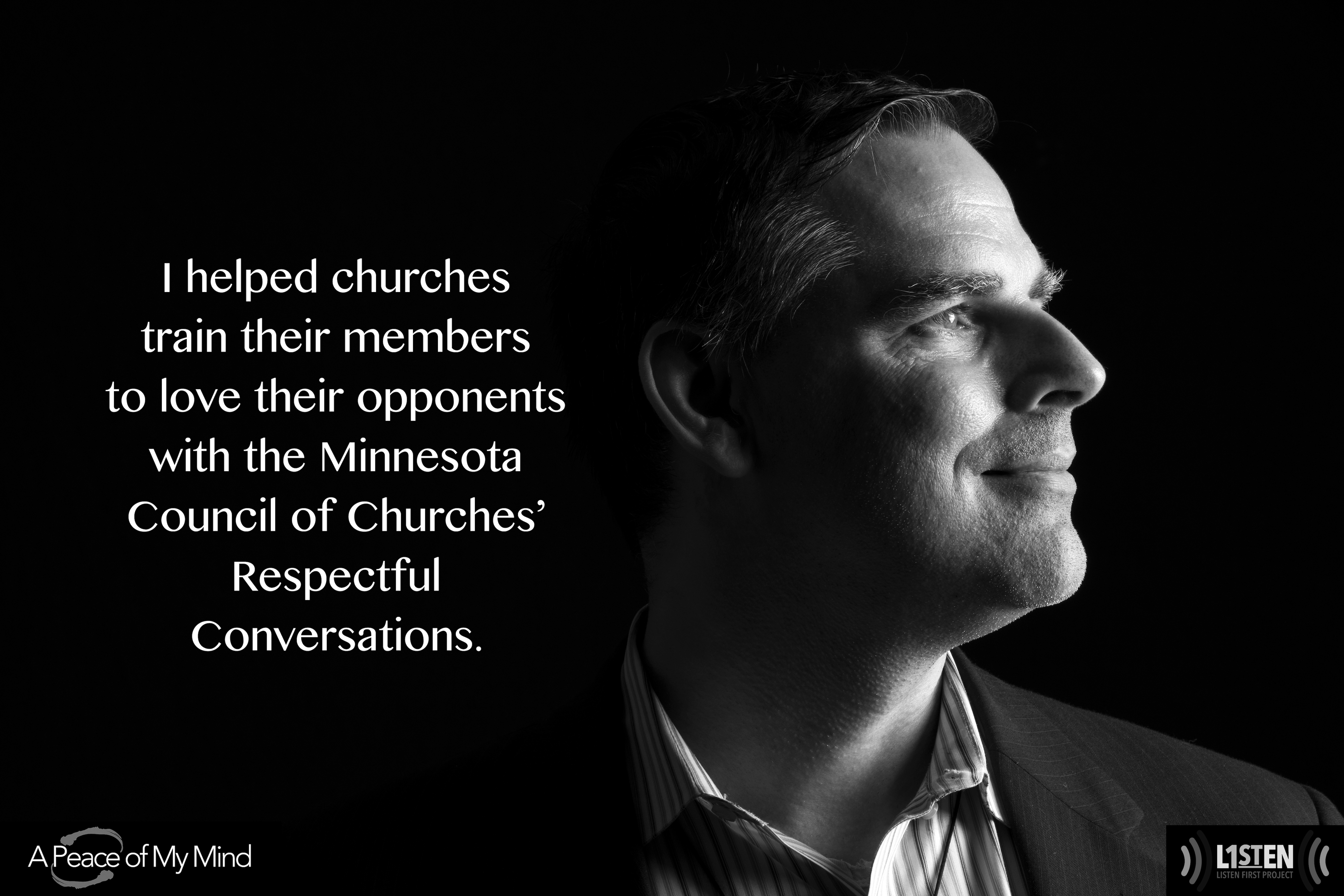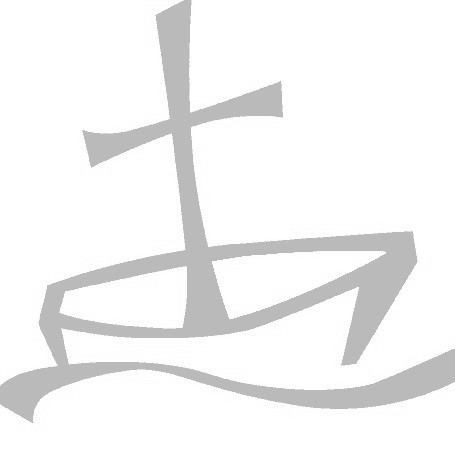"See others for who they are:" 3 ways to bridge our divides and beat political resentment
"Things are going to get worse—but in every other place where they’ve eventually gotten better, it’s been because people could see where their country was going, they looked for an alternative, and people like you could show them one.”
That powerful challenge, delivered by the leader of an international development organization at the Bridging Movement Summit, struck a chord. As the Director of Strategic Relationships at the Minnesota Council of Churches (MCC) and Faith Sector Ambassador for the ListenFirst Coalition, my work is focused on equipping American congregations, campuses and cities to connect across differences and depolarize our society.

I left the Summit both alarmed by the state of things but also heartened by the solutions that are already working. In a world full of resentment and hatred modeled by the media, how can we show people a better way?
It starts with seeing others for who they are. Here are three key takeaways from the movement and ways you can start bridging divides in your own community.
1. Prioritize Acknowledgment Over Agreement
Bridging isn't about getting your point across; it's about fully seeing the other person—what they care about and why. I learned this lesson early at the Summit during a tense conversation about a national campaign focused on political violence.
The campaign’s initial language and graphics felt like it minimized a horrific local reality Minnesotans had faced. Instead of just accepting it, I raised our concerns. The organizers didn't argue; they listened, understood, and made changes. They thanked us for helping the campaign be more inclusive.
This experience reminded me that respect is the bridge. When you advocate for your values while simultaneously making space for another's reality, you validate their experience. This act of acknowledgment—not necessarily agreement—is the starting point for moving forward together.
2. Know That Every Connection Counts
For those of us working on depolarization, the methods are diverse. At MCC, we use programs like Respectful Conversations, which are deployed by congregations and campuses to reduce affective polarization and soften hearts. They help people learn to love their opponent and become better peacemakers.
But a successful bridging movement uses many different approaches. If you’re one of the 70% of Americans who believe we have a responsibility to fix our polarized society, knowing this should make the task feel more doable.
Here are just a few examples of creative bridging happening across the country:
-
Art-based Bridging: The Family Pictures Institute uses public events where people share older family photos and the stories behind them to forge connections across differences.
-
Nature-based Bridging: Organizations like RAFT for America team up Democrats and Republicans for whitewater river survival trips.
-
Craft-based Bridging: Mormon Women for Ethical Government’s Peace by Piece program has participants sew quilts while sharing what the Constitution means to them..
No matter how far from "sit down and talk" it sounds, find a way to connect that works for you. Every single approach stitches us together.
3. Lean on Local Leadership and Expertise
While the national conversation often feels dire, our state of Minnesota is a bright spot. We were significantly overrepresented at the national Summit, a testament to the high concentration of bridging professionals here.
MCC was cited multiple times—once as a top example of place-based bridging and for coordinating a late-announced discussion on "Depolarization and Mental Health." Our contributions, like engaging so vigorously in the Better Together Film Festival that half its nationwide participants joined from from Minnesota, are having an impact.
We are not alone. Minnesota is home to other phenomenal bridging organizations who were also present at the Summit, including:
-
The Minnesota State Office of Collaboration and Dispute Resolution, with whom we are planning a statewide summit for bridging practitioners.
-
Civic Bridgers, who are organizing an event for America's 250th that your youth group should know about.
-
A Peace of My Mind (which uses photography, like the one at the top of this piece, to help us see past our divides)
This concentration of talent means Minnesota is a leading laboratory for building a more civil and constructive society.
What Did the Bridging Movement Summit Change?
It reinforced a simple truth: The answer to our divisions isn’t a single policy or a new leader; it’s a commitment to seeing the humanity in others and using every creative tool available to build genuine connection.
We have the people and the methods right here in Minnesota to show the country an alternative. The movement is waiting for you to find your place in it.
Want to learn how to host a Respectful Conversation in your community? Contact me to discuss how MCC can support you in becoming a peacemaker.

